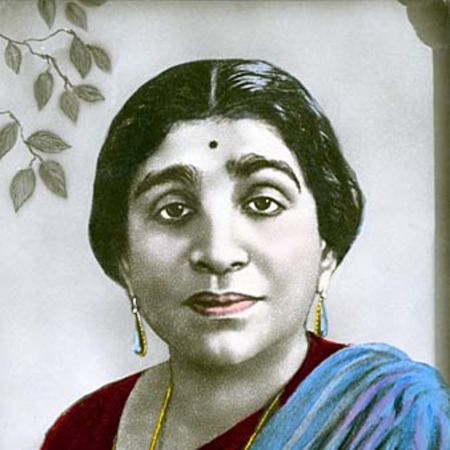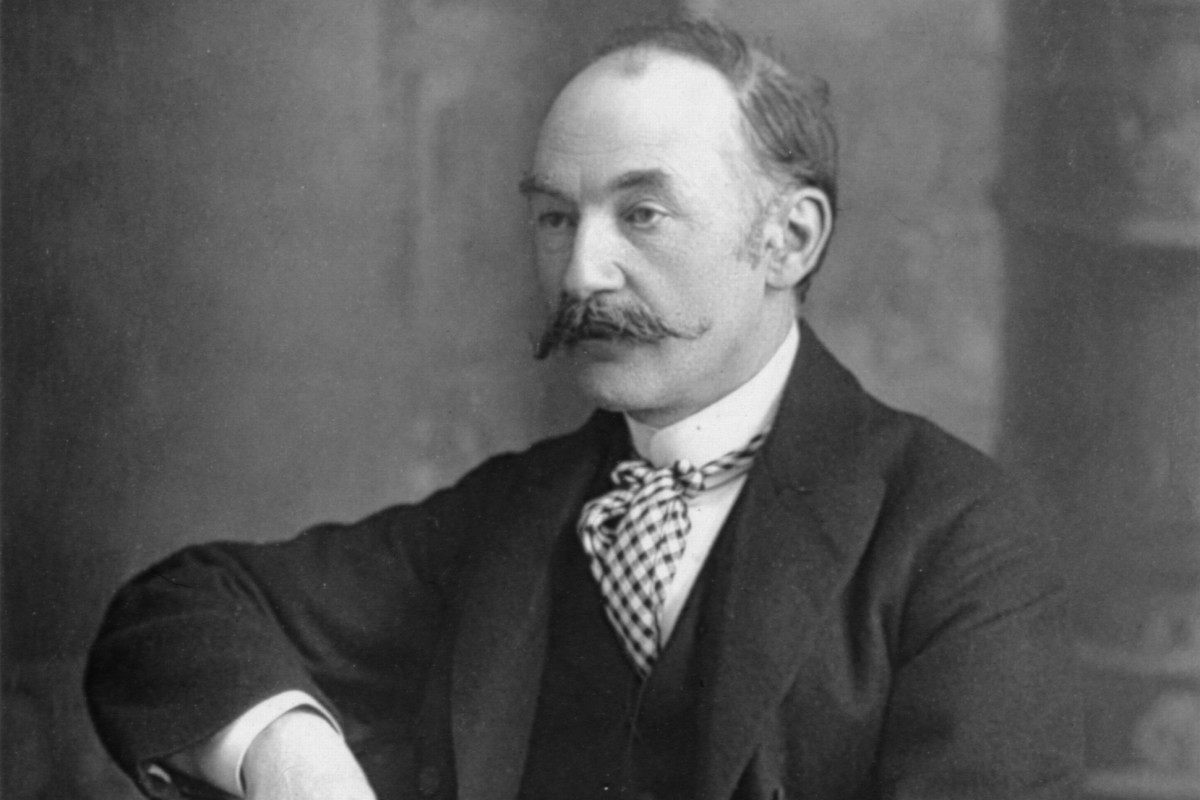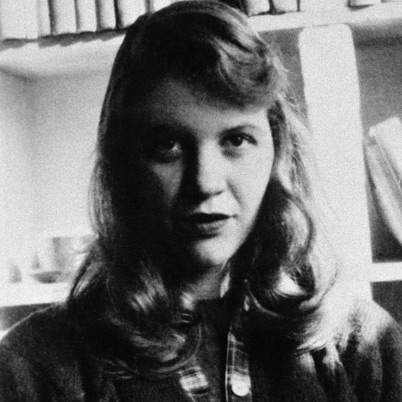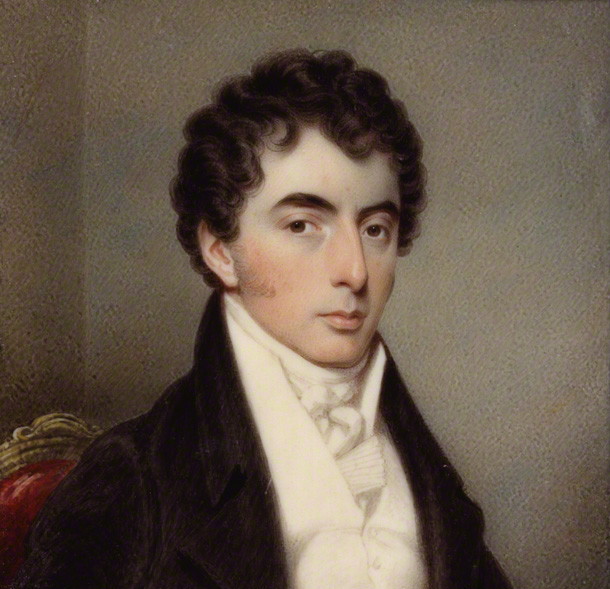The Moon and the Yew tree is a complex poem by Sylvia Plath. In this poem, Plath (there is some disagreement on whether the work is autobiographical, although many seem to consider it so) explores her feelings towards her parents-the moon represents her mother and the Yew tree, her father. The poem is notable for its extensive use of symbolism, its layered, and often cryptic, language, and the aura of dejection prevalent within it. The poem consists of four stanzas of seven lines each. The poem follows no rhyme scheme. The setting of the poem seems to be in a churchyard. The poet starts a little abruptly with the line ‘This is the light of the mind, cold and planetary’. Perhaps, Plath is talking about how she perceives things in her own mind. It is her mental perspective of her surroundings.
She describes the light as cold, thus starting the air of desolation which continues throughout the poem. In the next line she gives us some more idea of her surroundings and her mental interpretation of the same. The trees appear black to her and surrounding light is blue. The color ‘black’ creates a direct sense of grief and perhaps fear. The ‘blue’ light denotes a lack of warmth or sympathy. The light creates an aura of bleakness.
In this world, even the grass is filled with sadness and pain. As she walks over them, it seems to her that the grasses are sharing their tales of grief with her. This makes her feel like God, listening to the prayers of her devotees. They scratch her ankles as she walks upon them. There is a sound made as she walks over the grass. To Plath it seems that the grasses are murmuring and expressing their humility, perhaps even apologizing to her for prickling her ankles. She is not done with depicting exactly how depressing her surroundings (or her mental interpretation of her surroundings) are.
The place is inhabited by ‘fumy and spirituous mists’. Both the words ‘fumy’ and ‘spirituous’ have negative connotations. They obscure her surroundings and add an air of uncertainty. The word ‘spirituous’ adds a sense of the paranormal to the proceedings. The next two lines have dual meanings She is a little away from her house. In order to get there she must pass a row of headstones. The deeper implication is that the line reflects her isolation. She feels very alone in the gloomy surroundings. The headstones add an element of death around her. Due to the darkness and smoke, she is unable to see which way she has to go. She feels lost and blinded by the gloom.
These two lines are reflective of her general dejection. If looked deeper, they tell us about the sense of isolation, loneliness and being lost. The moon, often associated with femininity, represents Plath’s mother. The moon offers her no answers or understanding, hence it is ‘no door’. This corresponds to the poet’s troubled relationship with her mother. Plath also adds that ‘it is a face in its own right’ perhaps accusing her mother of narcissism. Instead of offering affection and understanding, her mother was perhaps busy with herself, hence the complaint.
The moon as seen from the earth, appears white. Here interestingly, Plath uses the simile ‘white as a knuckle’ and follows it up with ‘terribly upset’. Knuckles usually become white when the hand latches on to something with a large amount of force. This is often done when a person is agitated or upset. So using such a simile to describe the moon (which again is a depiction of her mother), further underlines their troubled relationship. The moon causes tides, hence ‘drags the sea’. But she follows it up with ‘like a dark crime’, a rather gloomy simile.
Just like the guilt or effects of a dark crime can follow the person who committed it, her mother drags the poet’s life after her like something she is ashamed of. The moon is silent, but its expression is that of despair. Perhaps the poet sees in it, the disapproval on her mother’s face. The next sentence, again, may be interpreted in two ways. ‘I live here’ could refer to the physical place she inhabits. Alternatively, it could refer to the mental state she lives in- a state full of dejection, despair and insecurities. It seems that she is near a church. She mentions that the bells ringing twice on Sundays. To Plath, it seems as if their ringing startles the sky. She refers to the clappers as the bells’ tongues. To Plath, their ringing somehow evokes the Resurrection. Plath’s attention then shifts to the Yew tree, another feature of many churches. The Yew tree represents her father. In Greek and Celtic mythology, Yew trees often have an association with death. Plath’s father died when she was very young.
The tree seems to be pointing towards the sky. Gothic here probably refers to the type of architecture prevalent in Western Europe in the medieval ages. Many churches were built in this style. The Yew tree resembles such an architectural structure. Gothic architecture often wear an air of somberness. The Yew tree thus accentuates the air of gloom in the surroundings. She is perhaps searching for answers from her father, but the Yew tree is unable to offer any. Plath’s eyes follow the direction towards which the Yew tree is pointing. Her eyes meet the moon.
In the next line, the poet explicitly states that the ‘moon is my mother’. However, she adds that there is a distinct lack of maternal affection. She invokes the name of Mary to add to the air of religion that she has maintained in the poem. The surrounding blue light and dark blue sky are like the garments of the moon, and consequently of her mother. Bats and owls, the nocturnal flying creatures, are about; to Plath’s eyes, it is as if these flying creatures are being unleased from her mother’s blue garments. This is a rather disturbing and depressing image which reiterates the sense of unease in the poet’s relationship with her mother.
The poet makes bares her heart in the next three lines. She too yearns to be tenderly loved by her mother. The effigy here refers to the figure of Mother Mary holding baby Jesus, lit by the gentle glow of candles. She wishes that that her mother would take the form of Mary and benignly look upon her with a tender gaze. These lines show us the pain and longing in her heart, for, maternal love and affection. Plath states that she ‘has fallen a long way’. There are various possible interpretations. Perhaps she is invoking the image of a ‘fallen angel’, suggestive of sin of some kind. Alternatively she could be referring to the depths of despair into which she has fallen.
Clouds have appeared in the sky, covering the stars. The blue light is giving them a mystical glow. Plath then talks about the sculpture of the saints inside the church. Since these sculptures are mostly white, the surrounding blue light will cause them to have a bluish glow. Pews refer to the long bench seats that are placed in rows to seat the congregation.
The sculptures of the saints are usually placed along the walls of the church, above ground level. The poet refers to these sculptures as floating. Being made of stone, the sculptures are, of course, completely immobile. Thus Plath says their hands and faces are ‘stiff with holiness’. The words ‘blue’, ‘cold’ and ‘stiff’ all add to the feeling of moroseness that Plath wants to depict in the poem. Her attention turns to the moon once again. ‘The moon sees nothing of this’ she says, suggesting that her mother is unable to see the things from her perspective, and is hence unable to see the despair within the poet’s heart.
She calls the moon bald and wild, unusual adjectives to describe the moon. Plath is perhaps saying that her mother could provide her neither the maternal warmth, nor the emotional stability she needed. She turns to her father, the Yew tree. There she meets an even more desolate sight. The tree is shrouded in darkness and silence. The answers and assurances she seeks from her father are not there.
Her father being shrouded in relative darkness makes sense considering that she was very young when her father died and hence her interactions with and memories of her father would have been very limited. Plath thus is unable to get access to the parental affection that she so deeply desires and is ensconced into the gloom of her surroundings.
Some online learning platforms provide certifications, while others are designed to simply grow your skills in your personal and professional life. Including Masterclass and Coursera, here are our recommendations for the best online learning platforms you can sign up for today.
The 7 Best Online Learning Platforms of 2022
- Best Overall: Coursera
- Best for Niche Topics: Udemy
- Best for Creative Fields: Skillshare
- Best for Celebrity Lessons: MasterClass
- Best for STEM: EdX
- Best for Career Building: Udacity
- Best for Data Learning: Pluralsight
















The conflict between paganism/female native power (the moon and the ancient yew etc) vs the patriarchal/Christian unemotional overlay (the church and the statues) is also explored in the poem.